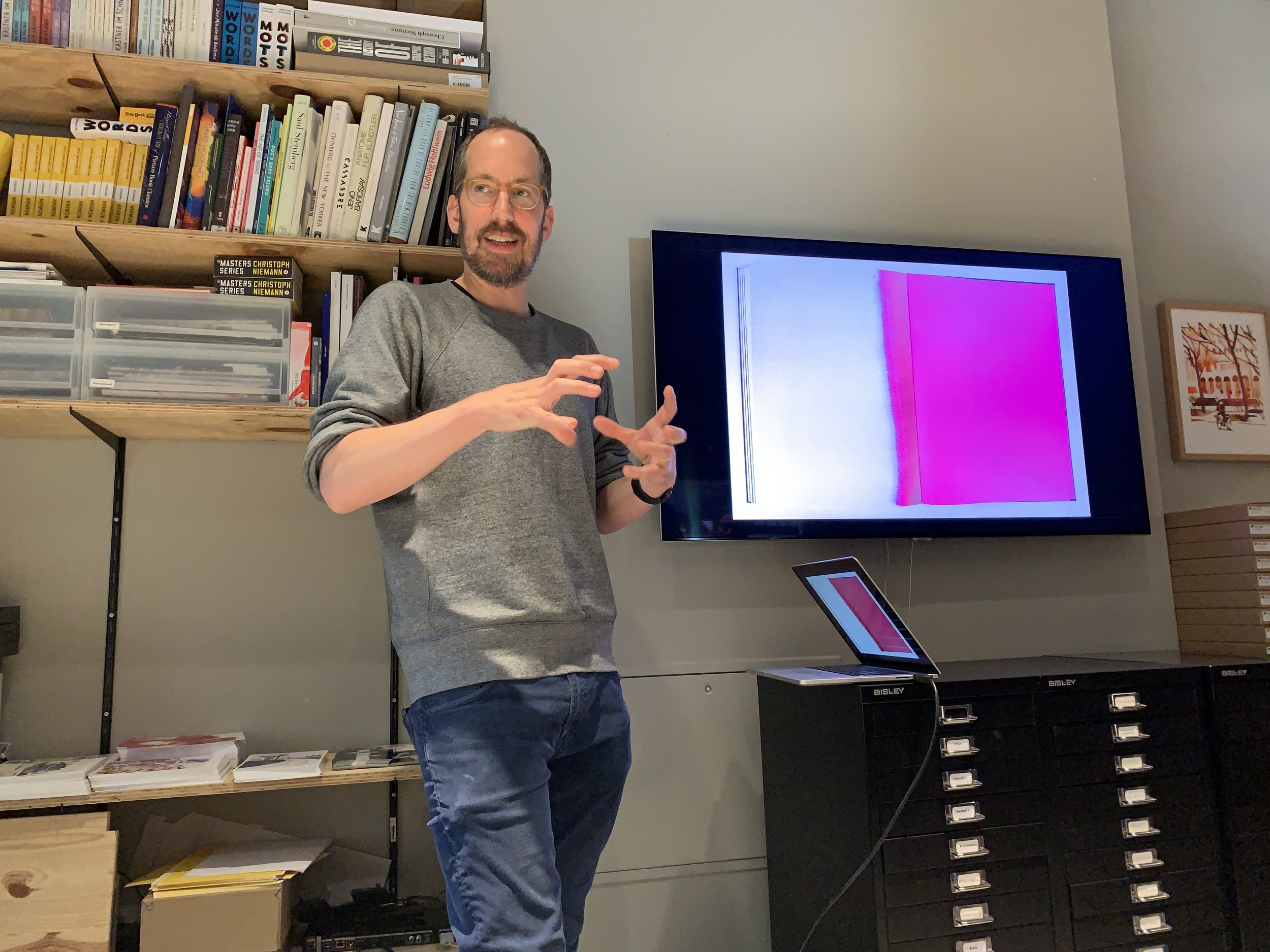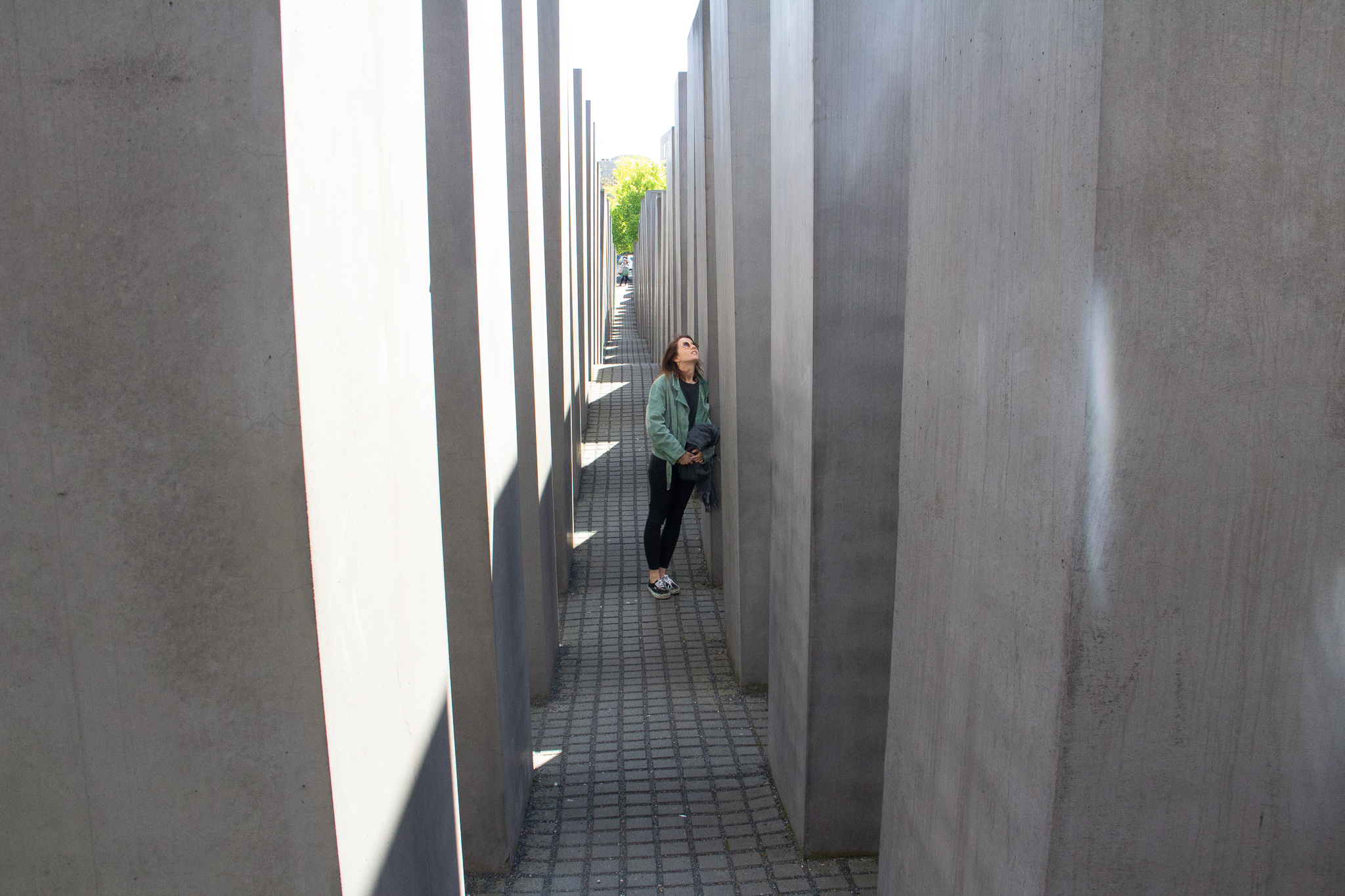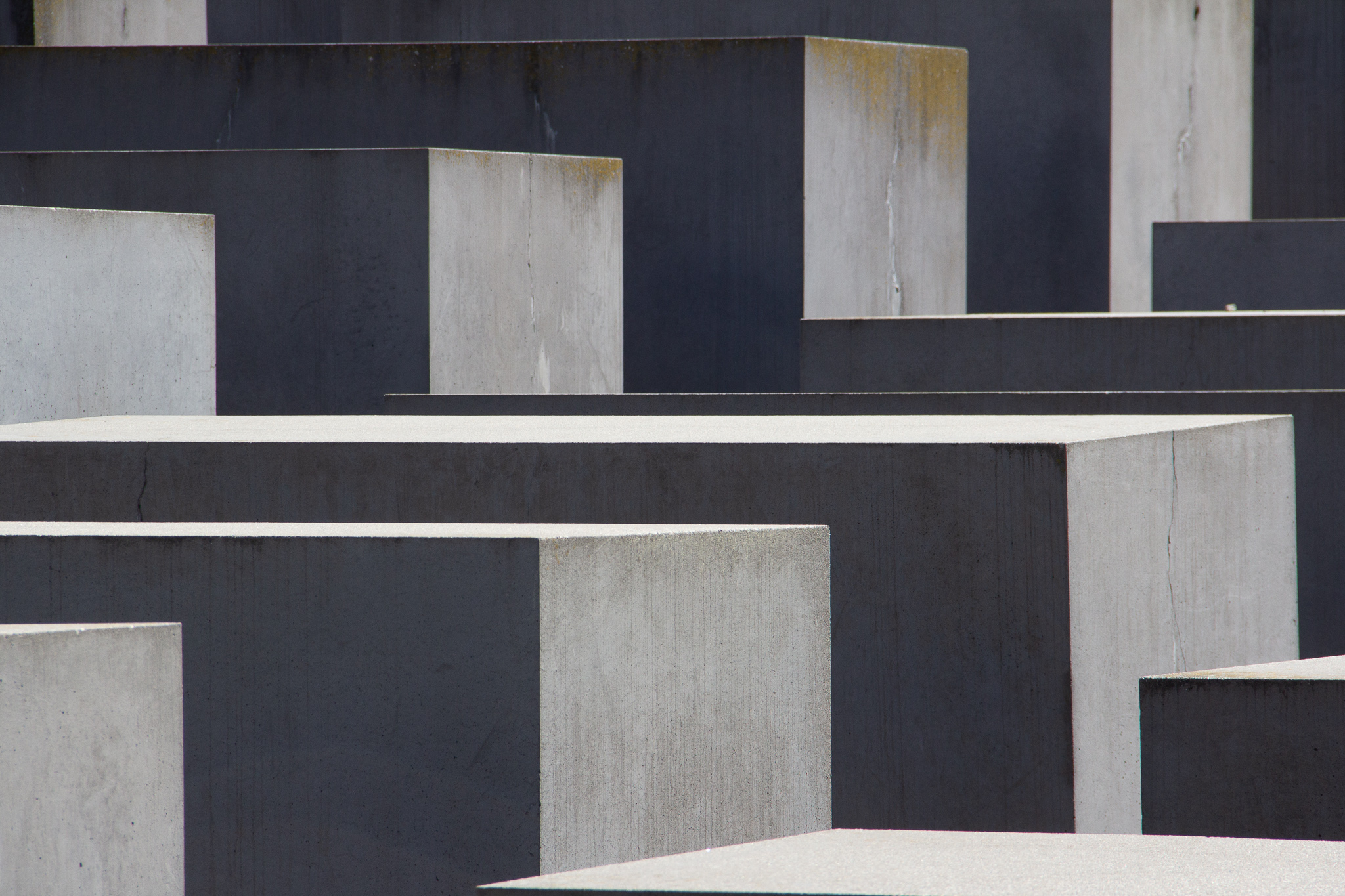Looking up from the dance floor of Berlin’s Kit Kat Club, I stood staring up at one of the few sources of light in the dark, smoky room. It was decorated in silver chains, crystals and leather. Not a chandelier, but a naked woman suspended in the air that night. She had just spent the last ten minutes having her arms and legs tied up and then bound to each other until the only thing she was able to move was her face. Now hanging, she swung from side to side using the only accessible part of her body to produce a devilish grin and tease the audience as she bit her lips.
On the other side of the room, an elderly man in his 70s or 80s sat at the bar. Shirt? Yes. Shoes? Yes. Pants? No. It was quite traumatic watching him slowly walk around, back hunched as his member violated the eyes of any that came in contact with it. This Wednesday night scene was much different from when I arrived to the same club two days prior for an electric themed night. Walking in Monday evening, I saw people dressed in jeans and t-shirts as they danced the night away to upbeat techno music. Now, I saw the same familiar faces dressed, if not at all, in leather, lingerie, latex and the like. This isn’t unusual for a city like Berlin. The clubs here are not just known for techno, but for the freedom that comes with these club experiences. Anything goes in this city and that means nudity, sex and drugs.
As I wake up in the morning, or I should say afternoon, after my night of club hopping, I found myself delivered back to a different Berlin. A now familiar one, filled with beer-drinking, art-making, dog-obsessed Germans. Berlin has a way of making you feel like anything is possible. I have never come across so many seemingly successful artists, or so many different people doing so many different things in the same place. When I’m back home in Florida, I feel like my aspirations of being a successful photographer can be far-fetched, but when I’m here, I feel like I can accomplish so much. No one looks down at you for not pursing the typical nine-to-five. In fact, I’m not sure if the majority of Berlin’s population even works a regular nine-to-five. Visting Christoph Niemann’s studio here also proved to be inspiring. Born in Germany, with an 11 year stint in the states, Niemann now lives in Berlin where he maintains a successful career as an illustrator for several well-known publications, such as The New Yorker and The New York Times Magazine.
















